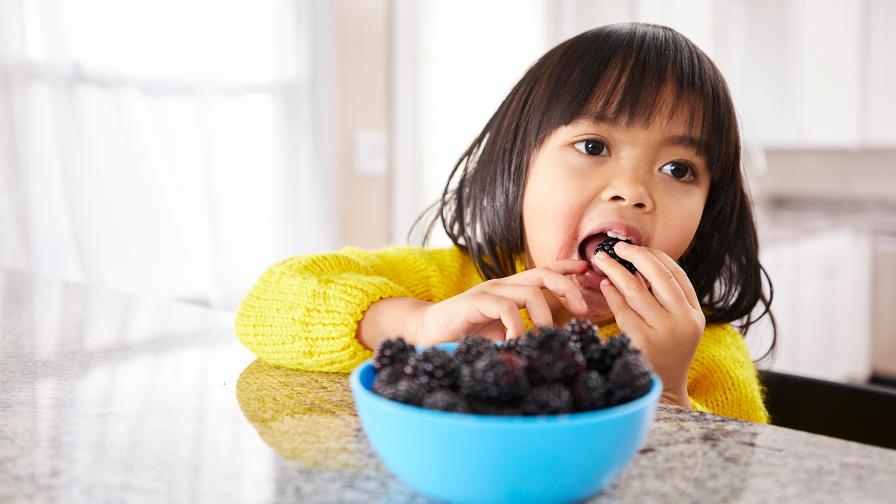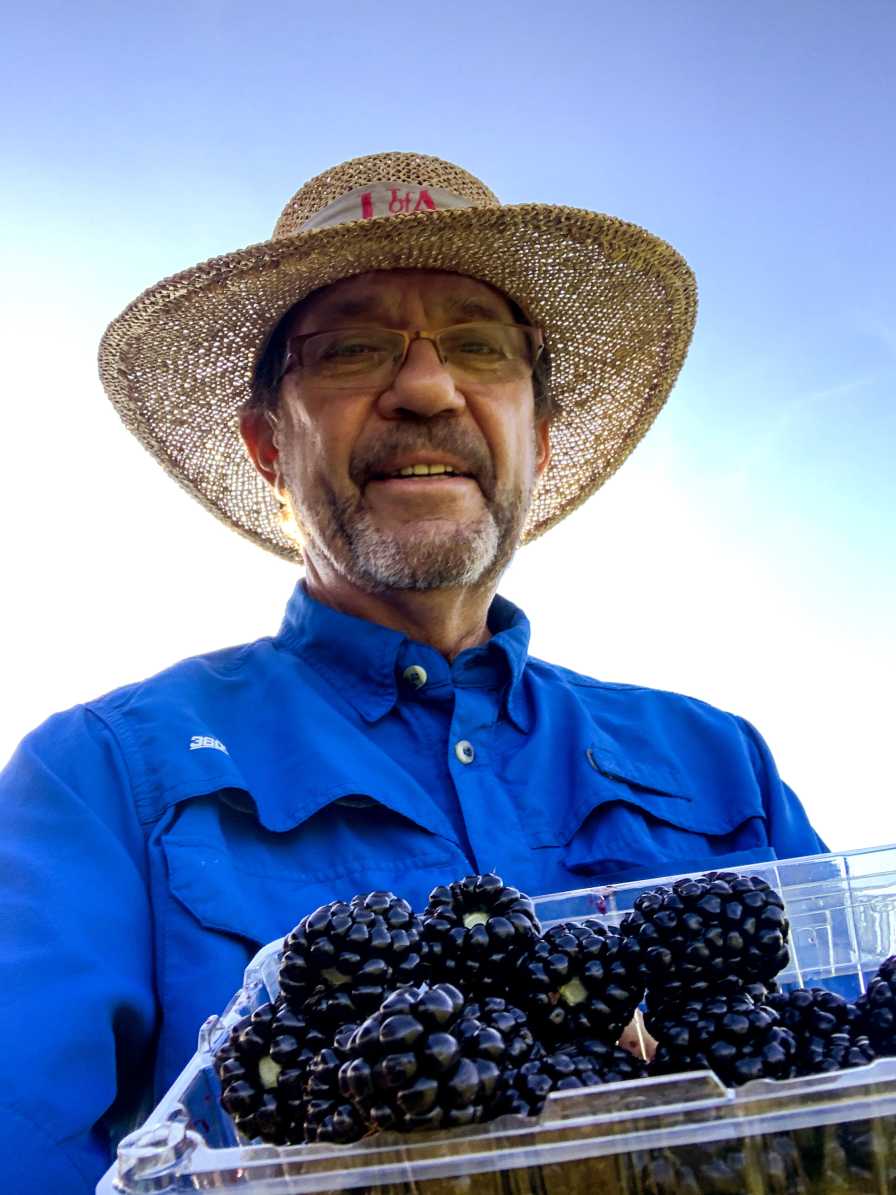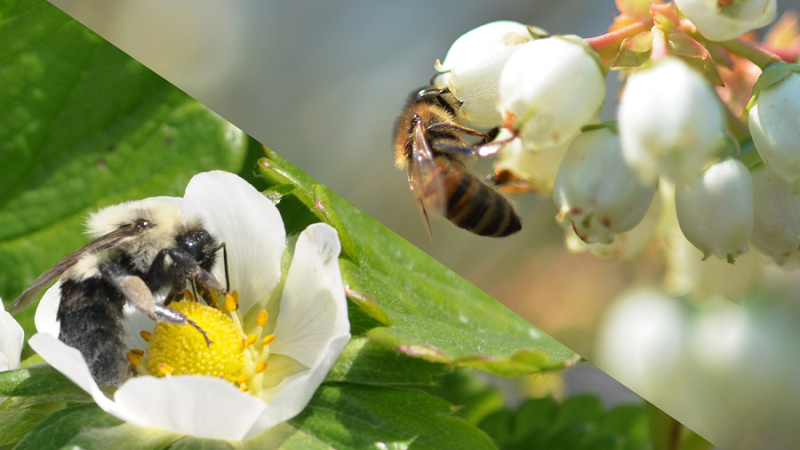Is Gene Editing the New Horizon for Berry Crop Improvement?

Food technology company Pairwise plans to use CRISPR gene editing to improve caneberry convenience, quality, and flavor.
Photo courtesy of Pairwise
Genetic variation plus environmental effects are what make us, and the berries we grow, what we are. The interaction of these two factors continues to be exciting and challenging in berry breeding and production.
What is genetic variation? Simply stated, it is differences in plants for the range of traits or characteristics seen. Where does genetic variation originate? All our cultivated plants, including berries, originated from wild selections.
As berry improvement continued into the 1900s, varieties were often intercrossed to yield improved offspring. The conventional approach of crossing varieties continues today in breeding. However, most breeding programs cross “selections” that originate in the breeding program to create improved progeny as opposed to wild selections.
Transformation techniques resulting in genetically modified organisms (GMOs) have also been used in plant breeding. Row crops offer the most important examples, such as plants with herbicide or insect resistance incorporated from sources not related to the crop. Fruit crops have had limited use of transformation technology.
One of the biggest challenges with existing genetic variation occurs when a trait is desired but there is no known source for it. This means traditional breeding cannot make progress with the desired trait. Gene editing, often using Clustered Regularly Interspaced Short Palindromic Repeats (CRISPR) technology, offers a new way to create genetic variation by precisely changing the DNA of an organism without introducing unrelated DNA such as occurs in transformation or GMO technology. I am not aware of any public berry-breeding programs utilizing gene editing in variety improvement at this time.
IMPROVING CANEBERRIES
Pairwise, an innovative company based in Durham, NC, has undertaken the improvement of caneberries, specifically blackberries, using gene-editing techniques. The company’s activity caught my attention, so I contacted Tom Spaulding, Vice President, Commerical – Berries, and Ryan Rapp, Chief Technology Officer, and asked them about their company and goals specific to improving blackberries:
Tell me about the vision or goals of Pairwise and genetic improvement with CRISPR for caneberries.
Pairwise (P): The Pairwise mission is to build a healthier world for growers and consumers of fruits and vegetables, including caneberries. Convenience, quality, and flavor all can be improved utilizing CRISPR. This technology will improve productivity for growers and increase the quality of the fruit for consumers. Pairwise intends to do what classical breeding has done, but faster.
What traits do you think can be improved in caneberries with the Pairwise effort?
P: Pairwise first focused on what consumers desired in an improved blackberry. The presence of seeds surfaced quickly. Consumers don’t like seeds in blackberries, and that led to the first trait to target — seedlessness (similar to seedless grapes). Further, we identified additional traits to improve including plant architecture (fruit easily accessible on fruiting laterals), everbearing (season-long production), plus thornlessness. These traits will help harvest laborers and growers. Further, the company intends to use the best base germplasm available to result in the best possible quality in the final product.
Many growers express concern about the availability of new varieties. Will the CRISPR-improved varieties potentially be available widely or be more club or restricted availability?
P: Although our plans are still in development, we intend to have a consumer-facing brand and bring new berry products to the market, not just develop new traits. Good growers are critical for bringing high-quality fruit to consumers, and we hope to attract growers to grow Pairwise berries.
With regard to research, we are collaboration-oriented and are working with other caneberry breeders on various genetic studies to improve knowledge across the various caneberry crops.
There has been widespread concern among the berry industries about GMOs, and breeders have veered away from GMO technologies to improve crops. How do you think CRISPR-improved varieties will be accepted by American and international consumers?
P: Pairwise intends to develop and sell fruit varieties, not market the concept or practice of gene editing. The company intends to be transparent on the science and feels that trait improvements that are valuable to consumers will be accepted. Consumer research found that 80% of consumers would be likely to buy a seedless blackberry. For the grower, the same is intended: if advantageous to the grower, then the new varieties will be embraced.
This is an exciting time for genetic improvement of berry crops, and it will be interesting to follow this new approach to improve blackberries. Hold on to your hat, the times are a changin’! Let the berry good times roll!










